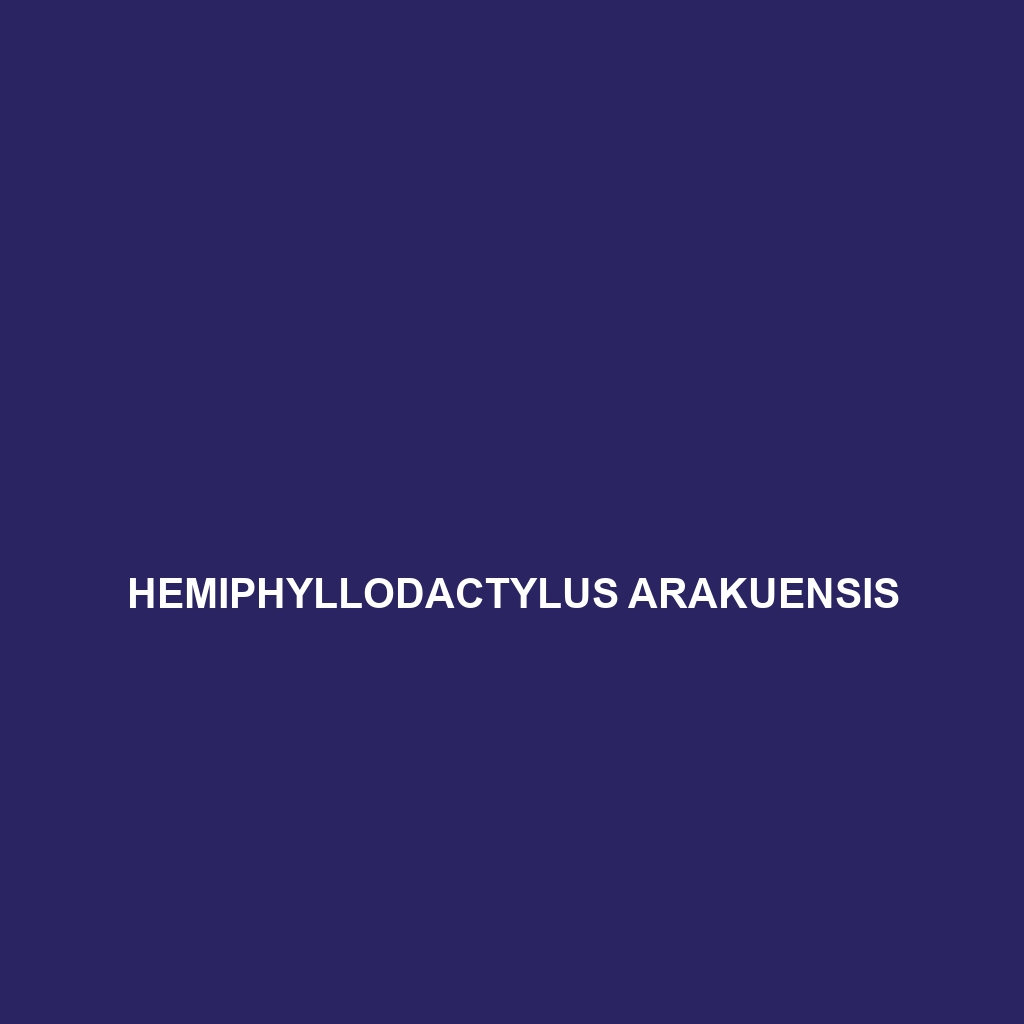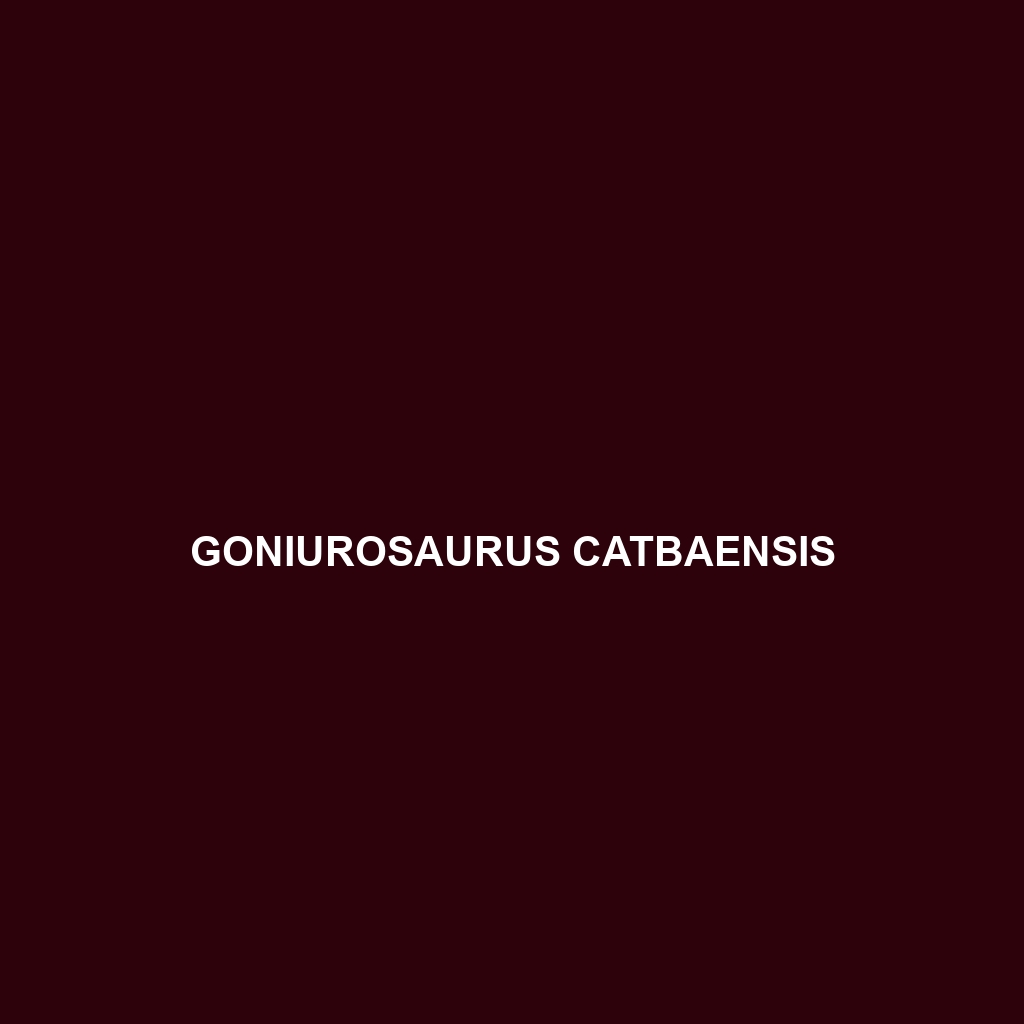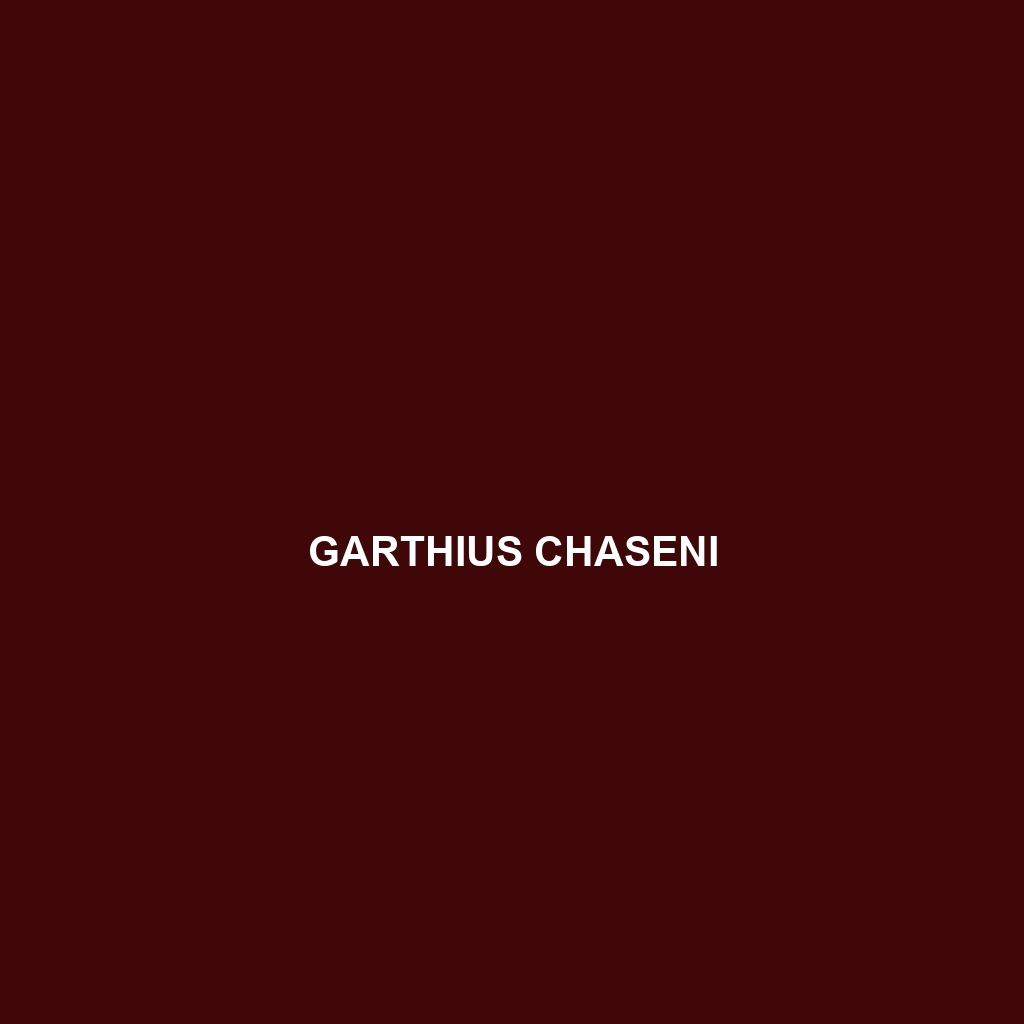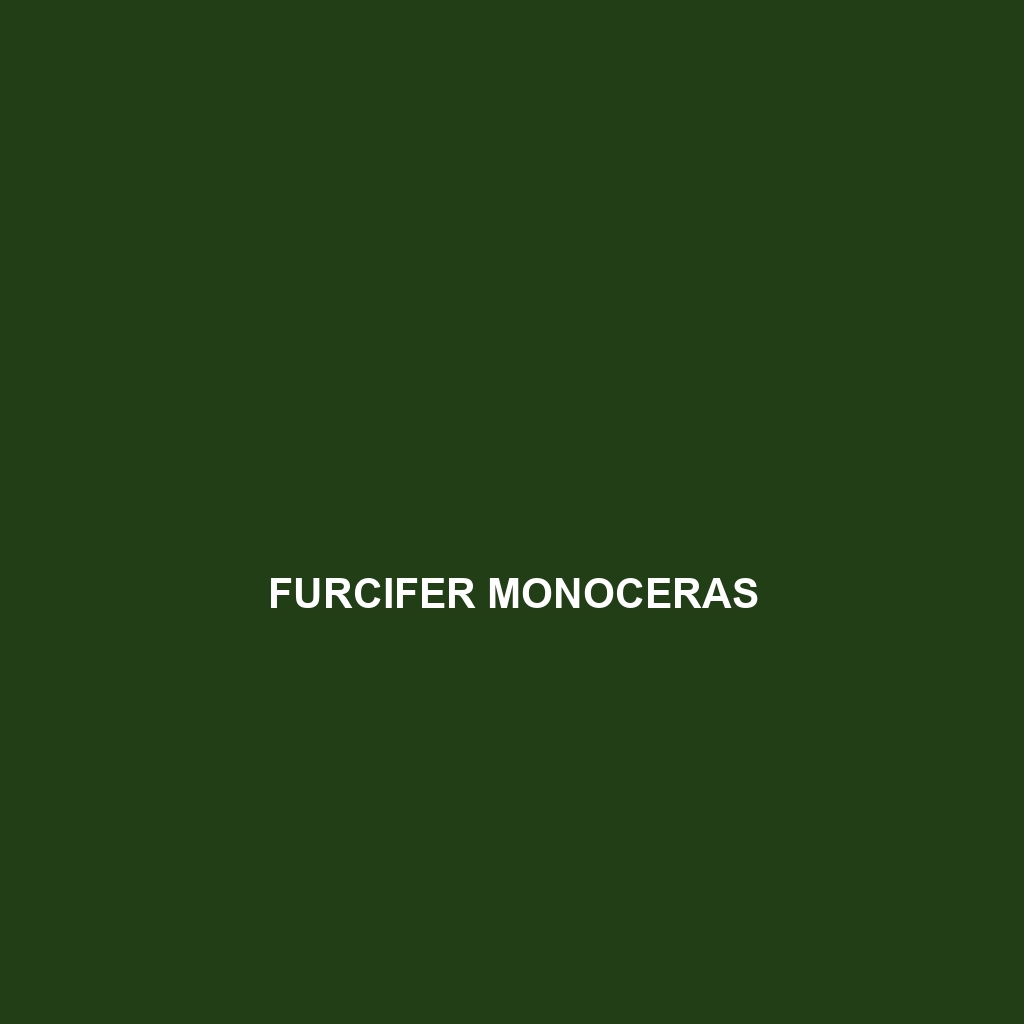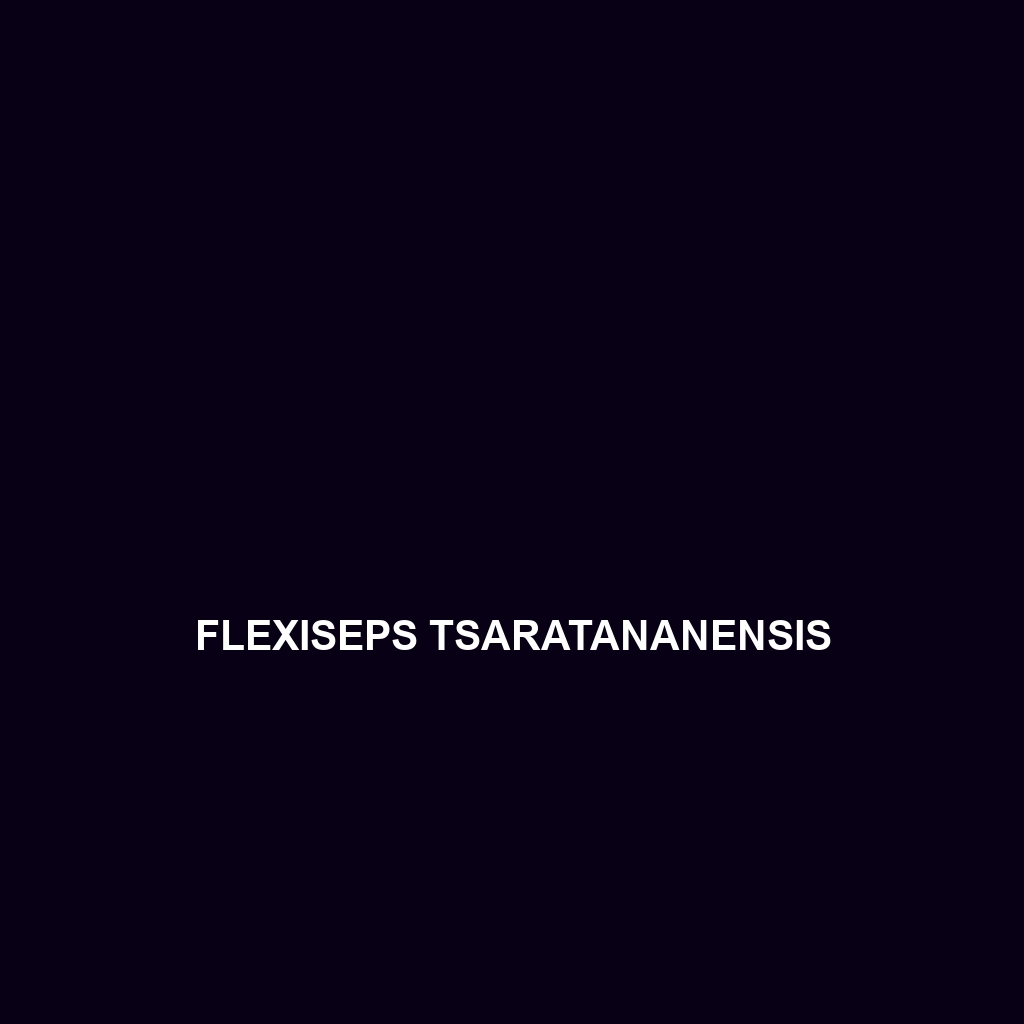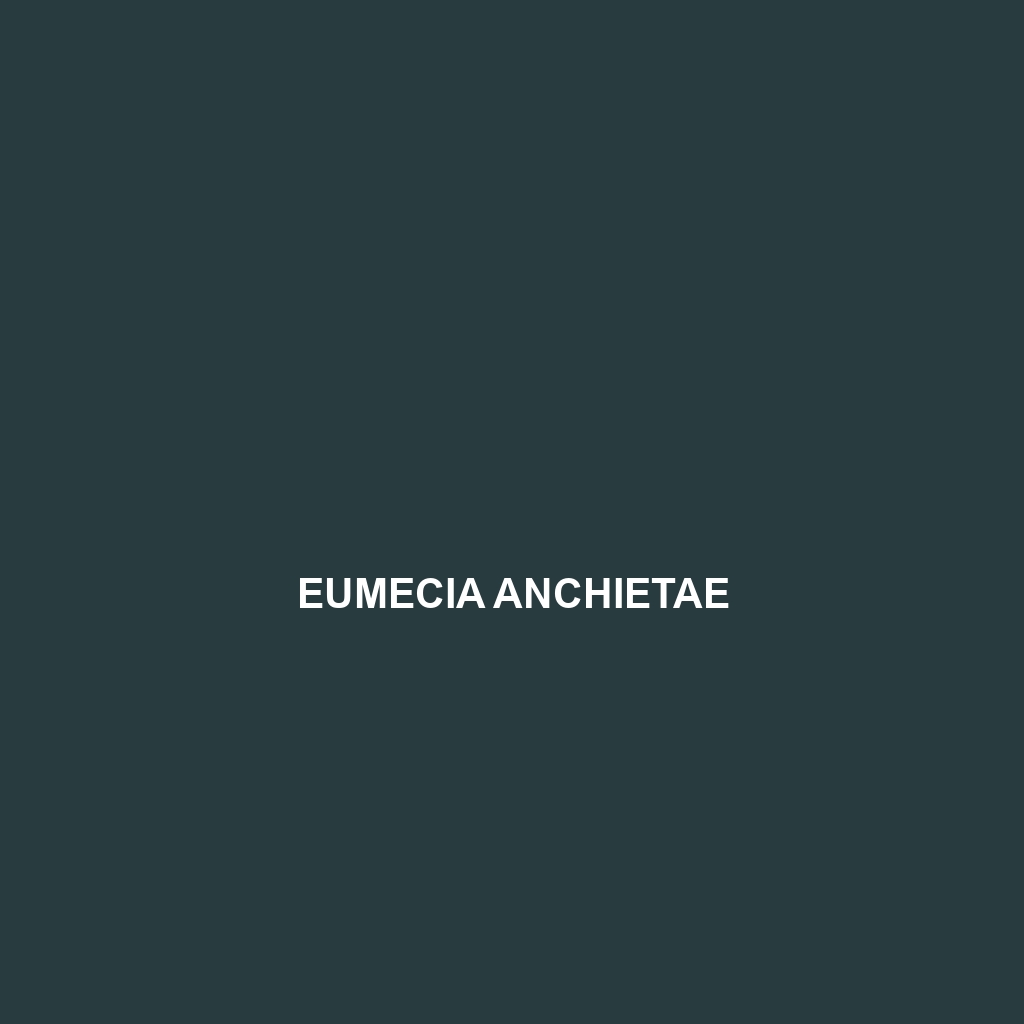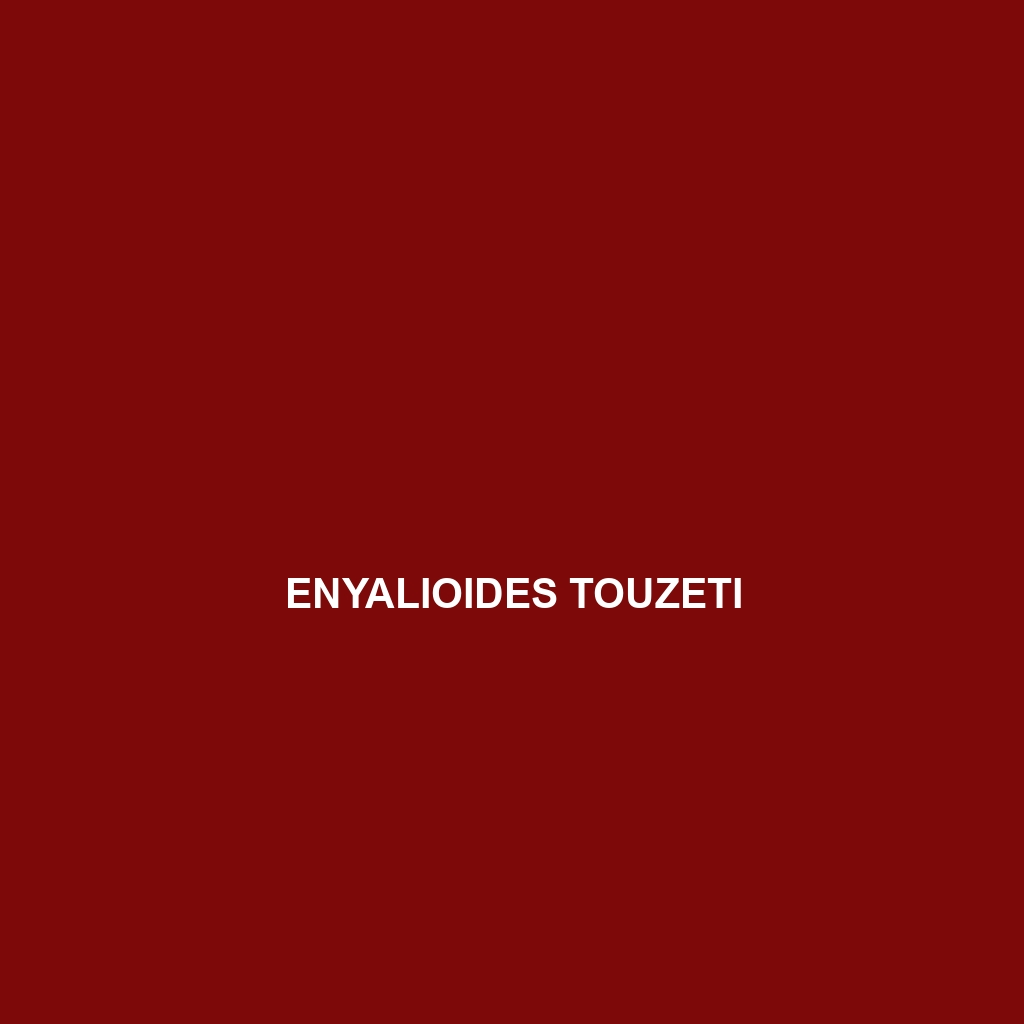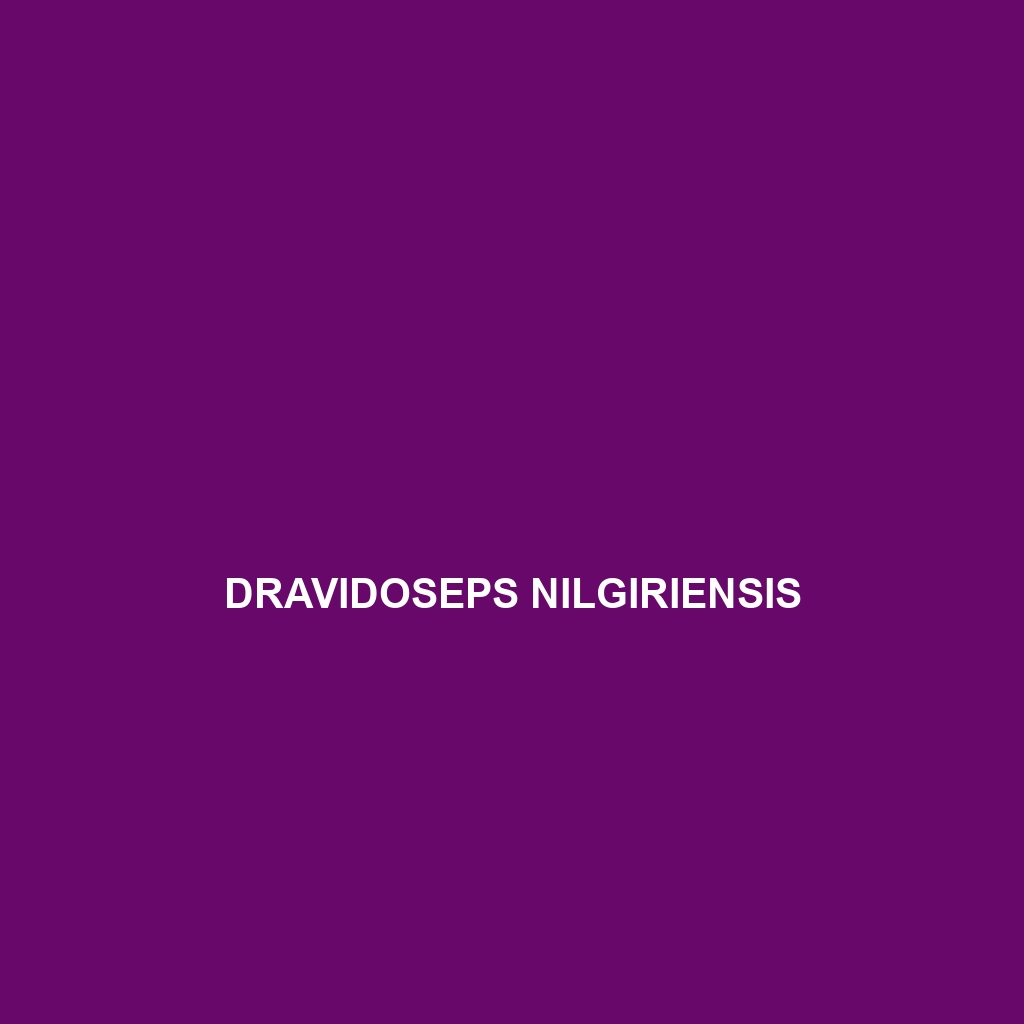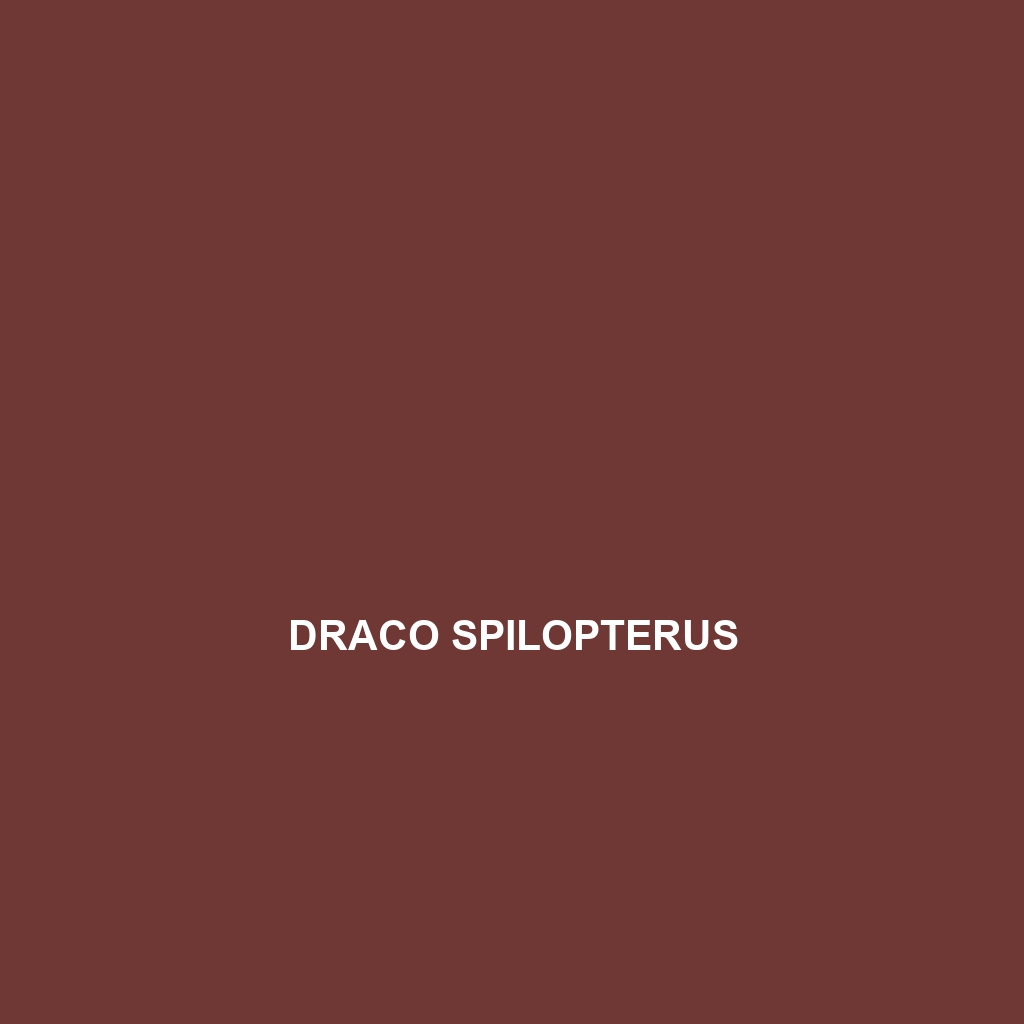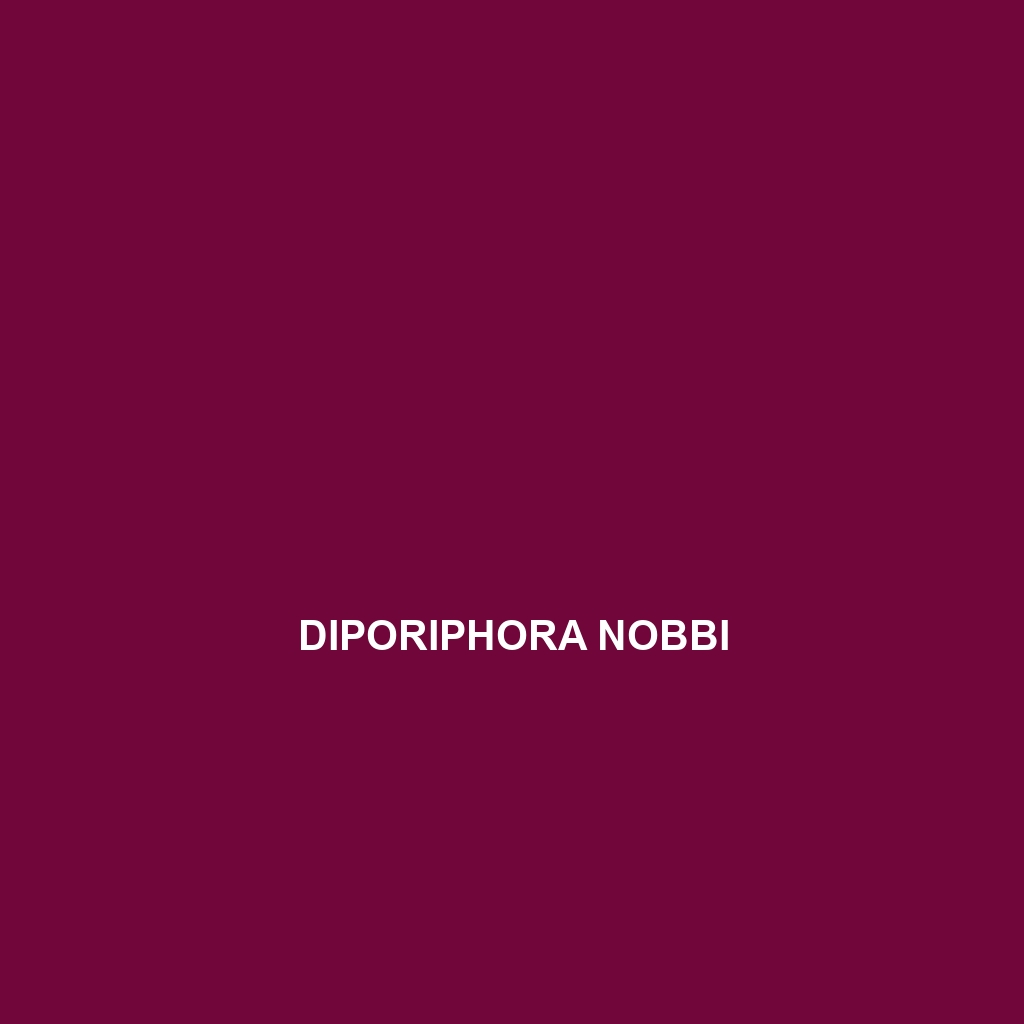<p><b>Hemiphyllodactylus arakuensis</b> is a unique insectivorous lizard native to the tropical rainforests of the Eastern Ghats in India, characterized by its slender body, specialized climbing toe pads, and nocturnal foraging behavior. This species plays a vital role in controlling insect populations while facing threats from habitat loss and climate change, leading to its vulnerable conservation status.</p>
Tag: wildlife protection efforts.
Goniurosaurus catbaensis
<p><b>Goniurosaurus catbaensis</b>, or the Cat Ba stripped gecko, is a vibrant, nocturnal reptile found in the rainforests of Cat Ba Island, Vietnam. With a length of 20-25 cm, this species exhibits striking patterns and plays a crucial role in controlling insect populations within its rich ecosystem.</p>
Garthius chaseni
The <b>Garthius chaseni</b> is a striking, nocturnal omnivore native to the lush rainforests and mangrove swamps of Southeast Asia. Recognized for its slender physique, vibrant emerald and brown coloration, and significant role in seed dispersal and pollination, this vulnerable species requires habitat preservation to thrive.
Furcifer monoceras
<p><b>Furcifer monoceras</b>, commonly known as the Madagascar chameleon, is an insectivorous, arboreal species found in the tropical rainforests of Madagascar, characterized by its vibrant color changes, prominent casque, and prehensile tail. This fascinating reptile plays a crucial role in its ecosystem as both a predator and prey, contributing to the health of biodiversity in its habitat.</p>
Flexiseps tsaratananensis
Common Name Flexiseps tsaratananensis Scientific Name Flexiseps tsaratananensis Habitat Flexiseps tsaratananensis is primarily found in the lush and diverse rainforests of Madagascar, particularly within the Tsaratanana Massif region. This species thrives in humid, tropical climates that feature a canopy of dense foliage, providing ample cover and optimal moisture levels. The species is also found in […]
Eumeces zarudnyi
<p><b>Eumeces zarudnyi</b>, or Zarudny's skink, is a vulnerable species native to temperate forests and savannas in Central Asia, known for its slender body, smooth shiny scales, and diurnal habits. This insectivorous skink plays a crucial role in its ecosystem by regulating insect populations and providing food for larger predators.</p>
Enyalioides sophiarothschildae
Discover the vibrant and agile Enyalioides sophiarothschildae, a striking lizard native to the tropical rainforests of eastern Peru and northern Brazil, known for its remarkable color-changing ability and crucial role in maintaining ecosystem balance by regulating insect populations. This diurnal, arboreal species thrives in biodiverse habitats, showcasing a slender body adorned with textured scales, and exhibits fascinating social interactions and hunting techniques.
Dravidoseps nilgiriensis
Discover the Dravidoseps nilgiriensis, a slender, nocturnal lizard found in the montane forests of the Western Ghats, India. With its striking dark brown and green coloration, smooth scales, and primarily insectivorous diet, this vulnerable species plays a vital role in maintaining ecological balance.
Draco spilonotus
<p>The <b>Spotted Flying Dragon</b> (<i>Draco spilonotus</i>) is a remarkable insectivorous species found in the rainforests of Southeast Asia, renowned for its stunning gliding ability and vibrant coloration. With its unique neck flap and flattened body, this arboreal creature plays a crucial role in maintaining ecological balance by controlling insect populations.</p>
Diporiphora nobbi
Diporiphora nobbi, or Nobbi’s Skink, a diurnal species native to southeastern Australia, recognized for its distinctive brown or grey coloration adorned with darker stripes. This agile insectivore, typically measuring 10 to 14 centimeters, thrives in dry sclerophyll forests and grasslands, playing a crucial role in controlling pest populations and supporting ecological balance.
